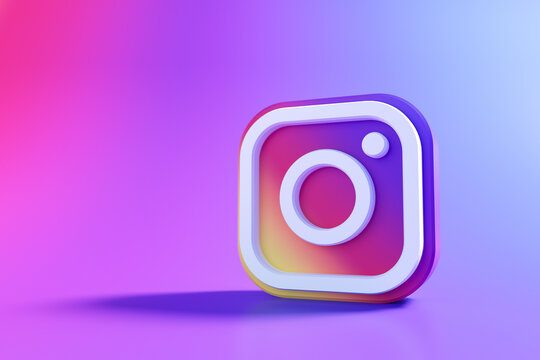37.8 million users are the estimated number of influencers currently all over the world. With the continuing pandemic, in-store purchases have almost been diminished. And what was a very skeptical platform previously, is now a driving method for advertising: Influencers.
Companies endorse or sponsor influencers to advertise their products and services with their viewers, or Influencer marketing. With influencer marketing on the rise, corporations are searching to adapt to the dynamic evolutions in this industry.
Therefore, we now have compiled for you a list of the most impactful predictions for the years 2022 along with the newest trend predictions on the strongest influencer marketing platform, Instagram.
Instagram Trend Predictions in 2022
1. Influencer Marketing Growth
Many businesses have invested in Influencer marketing for a while now. However, it has never seen such a dramatic increase in capital through the years. To put it in numbers, the influencer marketing hub mentioned that in 2018 the net value of influencer marketing was calculated to be at $4.6 billion. It’s estimated that in 2021 the total value of this industry can be worth $13.8 billion and is predicted to reach $15 billion by 2022 based on business insiders. That is a total of 300% improvement in 4 years. These numbers have been especially affected because of the ongoing pandemic confining the world into their homes, having little to no choice other than shopping online.
The grand view research went further and calculated a CAGR of over 26% from 2019 to 2025, a testament to the effectiveness of influencer promotional campaigns.
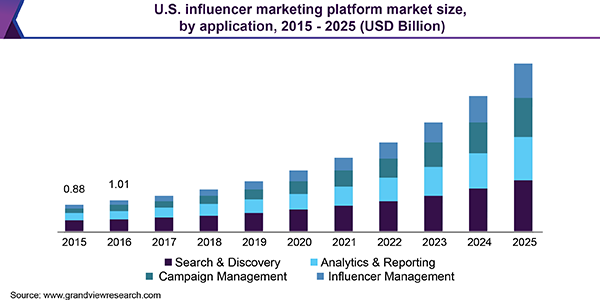
Companies are now looking at Influencer recommenders or agents that recommend the most effective influencers for their campaigns. The years 2021 and 2022 are going to witness an excellent greater total net value in the influencer marketing industry. And it’s properly valued considering investing in this driving mode of marketing for the future
2. Influencer Houses
Marketers aim to sponsor or endorse the most engaging influencers for the perfect outcomes. In turn, influencers provide you with new ideas and methods to pull in more and more viewers. One of the successful strategies is grouping under the same roof. Two of the most well-known names using this method are Jake Paul’s Team 10 and KSI’s, or JJ Olatunji, Sidemen group. Each of these teams has its own homes where all or a majority of the influencers stay together creating videos, sessions, and events.
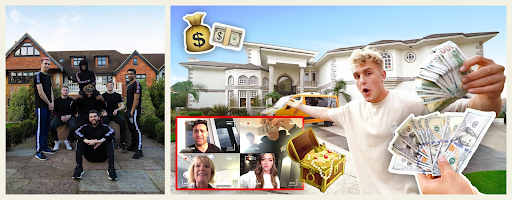
The popularity of Jake Paul’s group brought him and his teams’ channels to a worldwide level. More than 64,000 viewers paid $50 to watch his marriage video. That’s more than $3.2 million to view an influencer’s event.

The Sidemen by KSI are second to none. Reaching over 11 million subscribers in 5 years grabbing over 2.5 billion total views, and every single one of their videos so far has over 1,000,000 views.

Companies and marketers ought to think about working with influencer teams and houses as the result is significantly more promising.
3. Video Content is Still the Hottest Instagram Trend in 2022
Marketing with video continues to be the number one Instagram trend for marketers in 2022. Cisco lately declared that by 2022 video content will dominate all online content by 82%.

Customers use videos as their judgment call on products online as 86% of consumers have reported being convinced to purchase items after watching videos of them. Videos are also the go-to strategies by an overwhelming majority: 69% of the audiences have chosen short video guides or tutorials to get more information about the product or service, whereas 94% of customers already accustomed to their purchases have discovered so from explanatory videos.
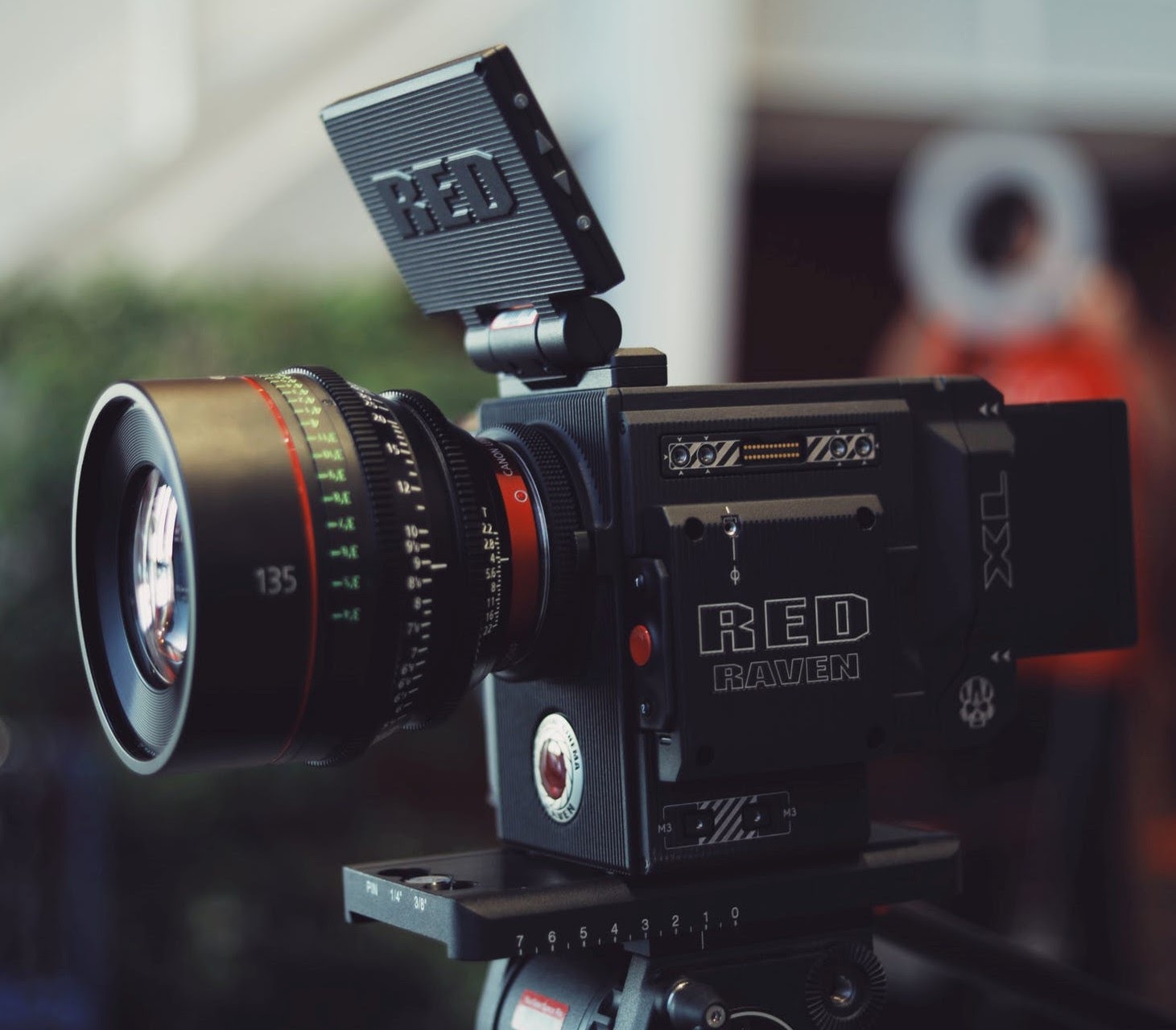
Companies and creators should continue creating video content as their major method of promoting or influencing the near future. It’s predicted that 2022 will see a constant scaling in video entertainment and infotainment, much more so considering that videos have directly increased sales for 78% of the marketers in 2021; however, these numbers have dwindled by 2% since last year.
4. AR/VR Influencers
We’ve seen companies slowly turning back in the direction of AR/VR midway through the pandemic. COVID has pushed online activities to their peak, and social gatherings have been forced out of the physical world into a virtual one. To help people get a more realistic feel of virtual meetings, VR has been refocused on delving its users into an artificial environment. For instance, Facebook is working on their Horizon project, a virtual reality world where people can have safe gatherings.

This can be a great opportunity for marketers and influencers. Companies can showcase their products utilizing VR worlds allowing more customers to have a testing phase with their goods. Coca-Cola also used an excellent method of using AR advertising in 2015. To introduce their new Coke Zero, Coca-Cola targeted everybody. Everybody was their audience; and they did this by creating an Advertisement that used the pouring sound of coke with Shazam, creating “drinkable” ad posters that allowed the audience to “drink” Coke Zero in the posters with their phones. After completing the interaction viewers received a code to redeem a free Coke Zero.
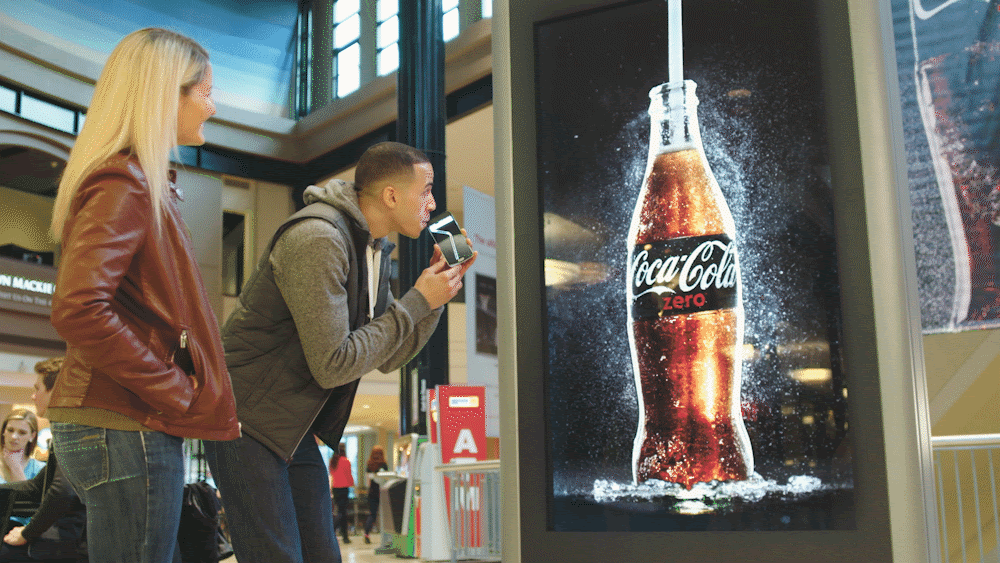
This isn’t something new. The implementation of VR companies has tried to invent gadgets that provide results as close to reality as possible in virtual worlds. Influencers can use VR worlds to help users try apps live, try on clothes, make-up and see how they look and fit, verify the size of devices and electronics.
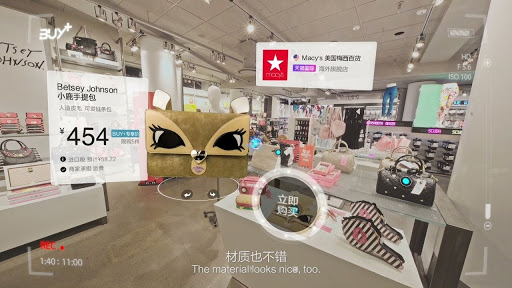
The chances are countless. Brands can make an online shop where customers can enter and view their products, try them and then make a purchase. Or even support clients having troubles and issues with their products. Shopping giants such as Amazon have already been using this tool. It helps buyers measure the products of their homes or spaces like sofas or tables.
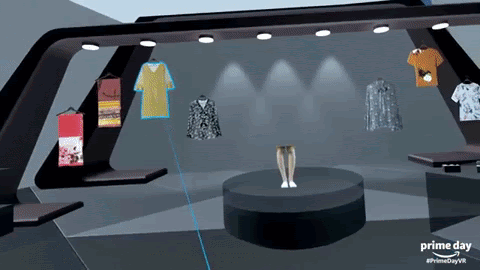
Companies ought to think about focusing on influencers who use AR/VR worlds and keep in track with Social Platform giants like Facebook who are actively working on such projects as the following years ought to be witnessing a whole new level of marketing experience.
5. Increased UGC (User-Generated Content) Pervasiveness
UGC (User-Generated Content) is content from users and not the brand itself on social media platforms. An instance of this kind of marketing is when Sony launched their Xperia Z2 model smartphone and implemented their Xperia Test Drive technique to it, where it took UGC into implementation; the ROI was staggering.
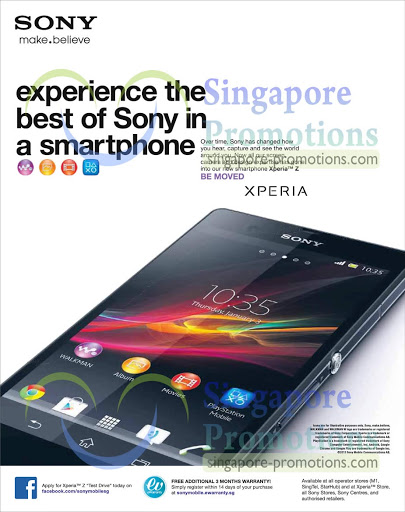
This kind of advertising is nothing new albeit gaining steady demand. It gives products and services with higher credibility than Ad campaigns. Viewers have become skeptical of Advertisements which is one of the most driving causes of influencer marketing and UGCs success. 84% of millennials hate the normal means of advertising because of the lack of credibility; no one trusts a brand’s review of their products.
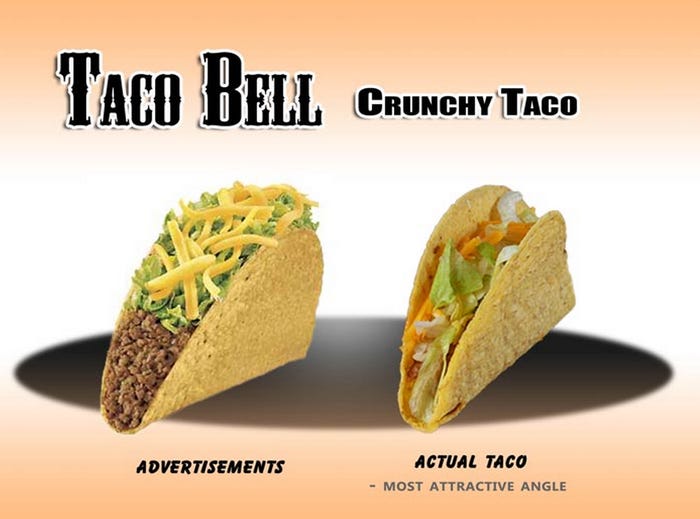
So what is better, UGC or Influencers? Generally speaking, both kinds of marketing have their strengths and weaknesses as it all boils down to credibility. Influencers with great credibility and trust rating have had strong ROI. However, on products that haven’t seen trustworthy influencers, applying user-generated content marketing has a stronger impact. It’s a gamble; if your product hits, people will take notice and they will make a purchase. A majority of the time, brands with medium to heavy user-generated content will see this means of marketing as a driving factor to creating a purchase or not. UGC may also be an executioner for Brands whose product or service receives heavily negative reviews; it carries heavy risks.
In conclusion, Companies and influencers ought to include a completely planned strategy for UGC marketing because of its consistent increment in popularity in the past and the coming future. If launched congruously, it could increase the ROI of a Brand with monumental outcomes. It will keep doing so in the upcoming years.

